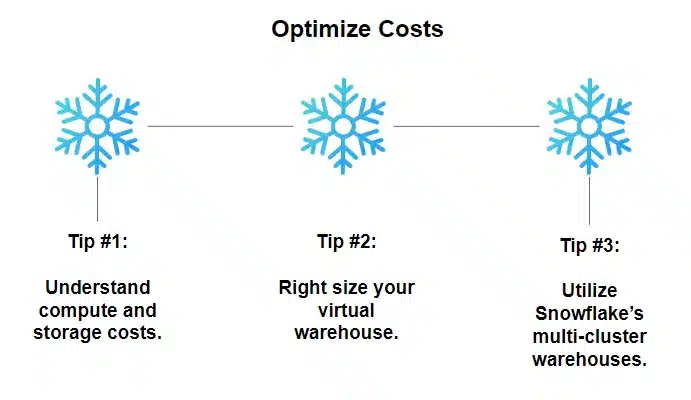
Image Source: Google
In the realm of data warehousing, Snowflake has become a popular choice for organizations looking to manage and analyze their data efficiently. However, one key challenge that many Snowflake users face is optimizing the size of their warehouse to ensure peak performance and cost-effectiveness.
In this article, we will explore some efficient techniques for Snowflake warehouse size optimization. If you are looking for a snowflake warehouse optimization, you may consult Keebo.
The Importance of Snowflake Warehouse Size Optimization
Efficiently optimizing the size of your Snowflake warehouse is crucial for several reasons:
Cost-Effectiveness
- Right-sizing your warehouse can help you avoid unnecessary costs associated with over-provisioning resources.
- Optimizing warehouse size ensures that you are only paying for the storage and processing power that you actually need.
Performance
- An appropriately sized warehouse can improve query performance and reduce latency in data processing.
- Optimized warehouse size helps in providing a smooth and efficient user experience for data analysts and end-users.
Efficient Snowflake Warehouse Size Optimization Techniques
1. Monitor and Analyze Usage Patterns
Regularly monitoring and analyzing the usage patterns of your Snowflake warehouse can provide valuable insights into its performance and resource requirements.
- Identify peak usage times and adjust warehouse size accordingly to ensure optimal performance during high-demand periods.
- Track query execution times and resource utilization to determine if your warehouse is over-provisioned or under-provisioned.
2. Utilize Scaling Options
Snowflake provides various scaling options that allow you to adjust the size of your warehouse based on workload requirements.
- Vertical scaling involves increasing or decreasing the compute resources (e.g., virtual warehouses) within the same size tier to handle varying workloads.
- Horizontal scaling allows you to add or remove additional nodes to your warehouse to accommodate increased data processing needs.
3. Implement Data Partitioning
Partitioning your data can improve query performance and reduce the amount of compute resources required by your Snowflake warehouse.
- Organize data into logical partitions based on specific criteria (e.g., date ranges, customer segments) to optimize query processing.
- Utilize Snowflake's automatic data clustering feature to group related data together, further enhancing query performance.
4. Optimize Data Storage
Efficiently managing data storage within your Snowflake warehouse can help reduce costs and improve performance.
- Regularly review and delete unnecessary data to free up storage space and optimize query execution times.
- Utilize Snowflake's native data compression capabilities to reduce the overall storage footprint of your data.
5. Fine-Tune Virtual Warehouse Configuration
Adjusting the configuration settings of your virtual warehouses can have a significant impact on the performance and efficiency of your Snowflake warehouse.
- Optimize the concurrency level to balance the workload across multiple virtual warehouses and improve query processing times.
- Consider adjusting parameters such as warehouse size, number of clusters, and auto-suspend/auto-resume settings to better align with your specific use case.
Conclusion
Efficiently optimizing the size of your Snowflake warehouse is essential for maximizing performance, controlling costs, and ensuring a smooth user experience. By implementing the techniques outlined in this article, you can effectively manage your warehouse size and enhance the overall efficiency of your data analytics operations.